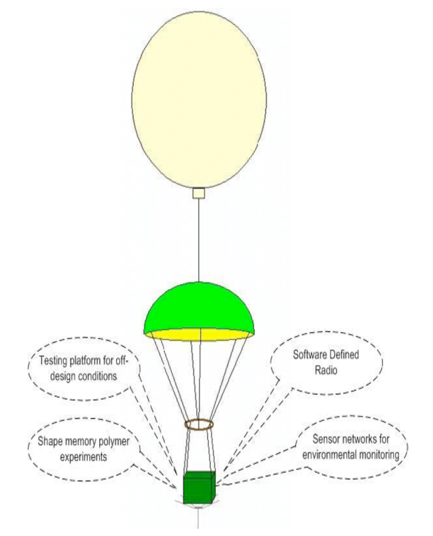07 Feb 2023 Surveillance Balloon over the USA
Surveillance Balloon over the USA
This article covers “Daily current events “and the topic is about ‘Surveillance balloon’ which is in news, it covers the “Surveillance techniques” In GS-3, the following content has relevance for UPSC.
For Prelims: About Surveillance balloon,
For Mains: GS-3, ways of surveillance techniques and associated laws
Why in news:
A Surveillance balloon from China that had been flying over US airspace for a few days was shot down by the US.
About Surveillance Balloon
In wars like the American Civil War, these inexpensive, discrete, and challenging-to-reach balloons were utilized for reconnaissance.
During World War I, the practice grew widely, and it was heavily utilized during the Cold War when the US launched a large number of balloons to gather intelligence on the Soviet Union and China.
Many nations continue to utilize spy balloons despite a fall in their use due to the development of unmanned drones and satellites.

Surveillance Balloon
The Reason for Sending the Balloon
China has long claimed that US spy planes and ships have been flying close to its land, which has occasionally led to conflicts. China claims the balloon was intended for research but deviated from its course.
The usage of surveillance balloons by governments
Close-range Monitoring:
In the satellite era, surveillance balloons, which are usually sophisticated balloons outfitted with cutting-edge, downward-pointing imaging equipment, provide close-range monitoring.
Image clarity:
The lower-flying balloons can often capture clearer photos than the lowest-orbiting satellites since they hover at a similar altitude to that of commercial aircraft.
Due to their further orbit, satellites that rotate in lockstep with Earth continuously record blurrier images.
Communication Interception:
Surveillance balloons can “collect electronic signals” and intercept communications.
Other Surveillance Method
Electronic surveillance:
- This includes intercepting communication signals, listening in on phone calls, and keeping an eye on emails and other digital correspondence.
- Human intelligence (HUMINT) is one of the key elements utilized in surveillance by enlisting people who have access to private information, including diplomatic workers, military personnel, or government officials.
- Cyber espionage is a type of cyber-attack that involves stealing intellectual property or secret, sensitive material to gain the upper hand over a rival business or government agency.
- Satellite imagery: Satellites are occasionally used to acquire data about foreign nations.
- Drone Technology: Drones, commonly referred to as unmanned aerial vehicles (UAVs), are useful for spying and monitoring. Drones with cameras, microphones, and other sensors can fly over foreign countries and collect information.
Air Space and the Laws associated with It:
About Surveillance Method
- In terms of international law, air space refers to the area above a specific national territory that is regarded as the property of the ruling authority over that region.
- The Outer Space Treaty of 1967 defined space to be free and exempt from national appropriation, hence it is excluded.
- The height at which air space ends and outer space begins, however, was not specified by the treaty.
- Air Sovereignty: A sovereign state’s inherent right to control air traffic and uphold its aviation regulations.
- The State regulates the landing of foreign aircraft on its soil, and everybody on its soil is subject to its laws.
- Through the Paris Convention on the Regulation of Aerial Navigation (1919) and subsequent multilateral agreements, the notion of air space sovereignty was established.
- According to the 1944 Chicago Convention, signatory states consent to allowing aircraft registered in the other signatory states that are conducting commercial non-scheduled flights to fly into their territory without prior diplomatic authorization and, additionally, to pick up and drop off passengers, cargo, and mail.
- Airspace that is off-limits to aircraft flight is referred to as prohibited airspace. This is typically done out of security concerns. It appears on aeronautical charts as “P” followed by a serial number and is one of many different special use airspace designation kinds.
- Restricted Air Space: Unlike banned air space, access into this area is normally prohibited for all aircraft and is not subject to authorization from ATC (Air Traffic Control) or the air space’s regulatory body.
Source
YOJNA IAS DAILY CURRENT AFFAIRS ENG MED 7th FEB
Get Daily Current Affairs from Yojna IAS.


No Comments